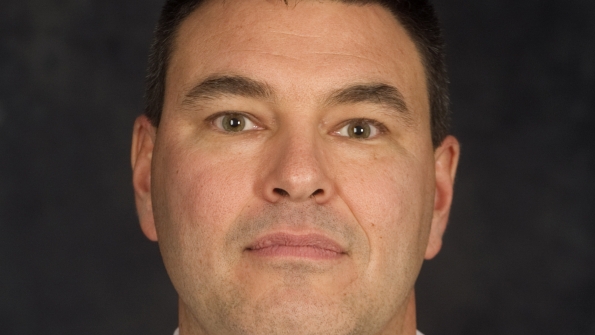Geospatial data exchange is needed now to improve efficiencies, save lives
What is in this article?
Geospatial data exchange is needed now to improve efficiencies, save lives
By Robert Horne
For decades, even centuries, whenever traditional cartographers created pen-to-paper maps, accuracy often was an elusive concept, in large measure because of the tools of the trade. It was difficult to ensure that the end of one line was matched exactly to the beginning of the next line, because the ink would bleed on the paper. And it really didn’t matter because one only could magnify the map so much. So, close enough was good enough.
Today’s computerized mapping environment has changed this paradigm dramatically. When creating maps today, it is vitally important that the end of one line connects precisely to the beginning point of the next line, and that the street centerlines are drawn in the correct direction.
Let’s say that you’re creating a map that contains a one-way street, and that you inadvertently draw one segment of the road so that it is going in the wrong direction—you’ve just changed the flow of traffic.
And it doesn’t matter if the map is labeled to correctly indicate that this is a one-way street from beginning to end; if that street centerline is drawn in the wrong direction, when the computer-aided dispatch (CAD) system runs the algorithm that determines how to get from point A to point B along that road, it will reroute the first responders at the point where it believes the road changed direction, which will delay their arrival at the emergency scene.
Just as vital is ensuring that lines connect properly; because when they don’t, the CAD system might believe that two roads don’t intersect when they actually do, which also would result in a rerouting situation. This is a big problem when seconds matter and lives are on the line. Fortunately, modern mapping applications have a “snapping” tool that ensures that road segments properly connect to each other.
All of this collectively is called topology, which simply is the act of maintaining flow from one feature to the next. If topology isn’t maintained properly, it will create a lot of headaches for PSAPs and the first responders that they serve.
Accuracy also is an important consideration when creating polygons, response areas, and jurisdictional boundaries, because without it overlapping or orphan areas can result. The former is problematic because, when these elements overlap, the area belongs to multiple jurisdictions; ergo, when an emergency occurs, first responders from multiple jurisdictions are dispatched, which unnecessarily depletes available resources and places first responders at risk.
Orphaned areas—which typically occur when polygons or jurisdictional boundaries do not properly snap to each other—arguably are even worse, because they don’t belong to any jurisdiction, at least in the eyes of the CAD system. As a result, dispatchers often become confused when an emergency occurs in one of them, because they’re not sure what agency to send in response. In turn, valuable time is wasted, which again is a big problem when lives are on the line.
A critical step in making all of this work is called edge-matching, a tactic that GIS mapping applications employ in which an algorithm corrects all of the existing overlaps, orphan areas and other inconsistencies, and then the snapping tool snaps everything into place.










